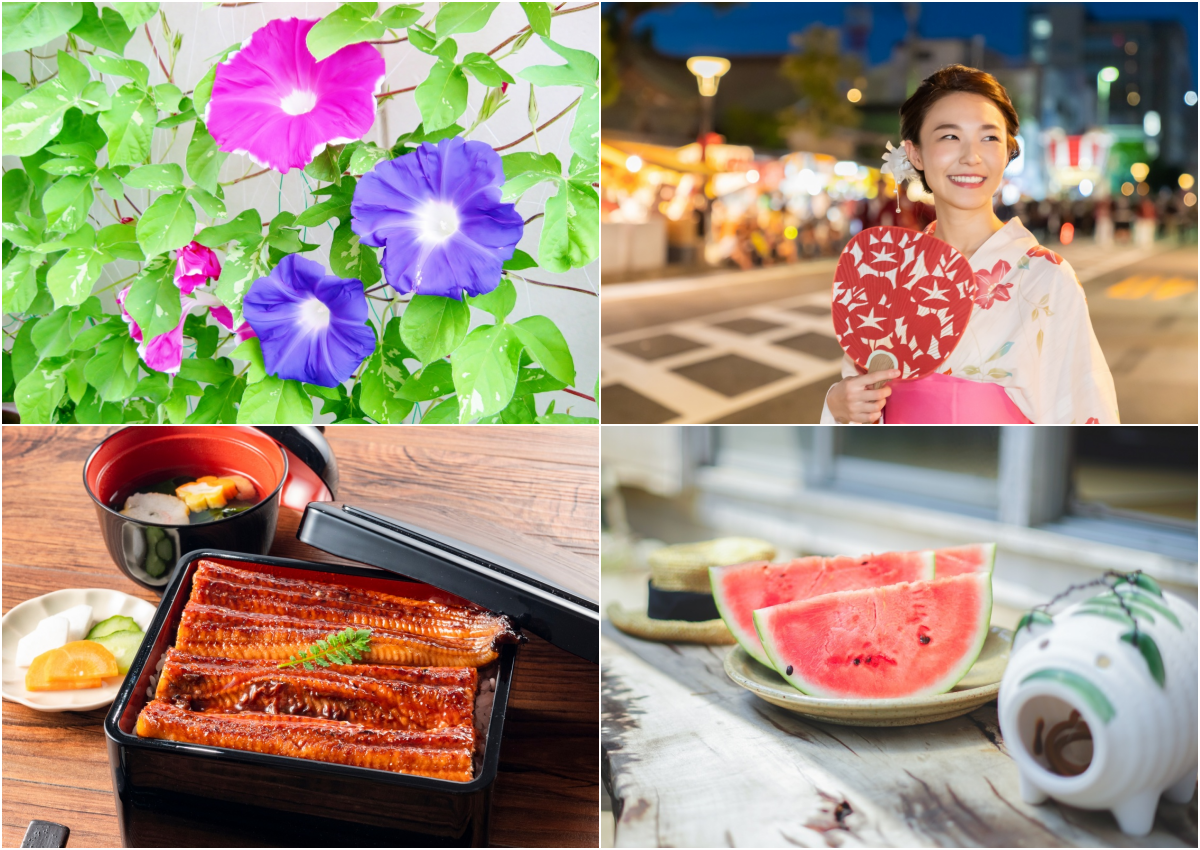
As the rainy season ends and the full heat of summer sets in, July in Japan bursts with unique traditions and seasonal highlights. From Tanabata star festivals and dazzling fireworks displays to summer vegetables and age-old tricks for staying cool, this is a season to savor with all five senses. In this article, we’ll take you through Japan’s midsummer charm via its national holidays, seasonal foods, and local events.
*If you purchase or book items introduced in this article, a portion of the proceeds may go to FUN! JAPAN.
🚅Book your Shinkansen ticket with NAVITIME Travel! 👉 Click here
Holidays and Commemorative Days in July
Hange-sho 半夏生 (July 2 - July 7)
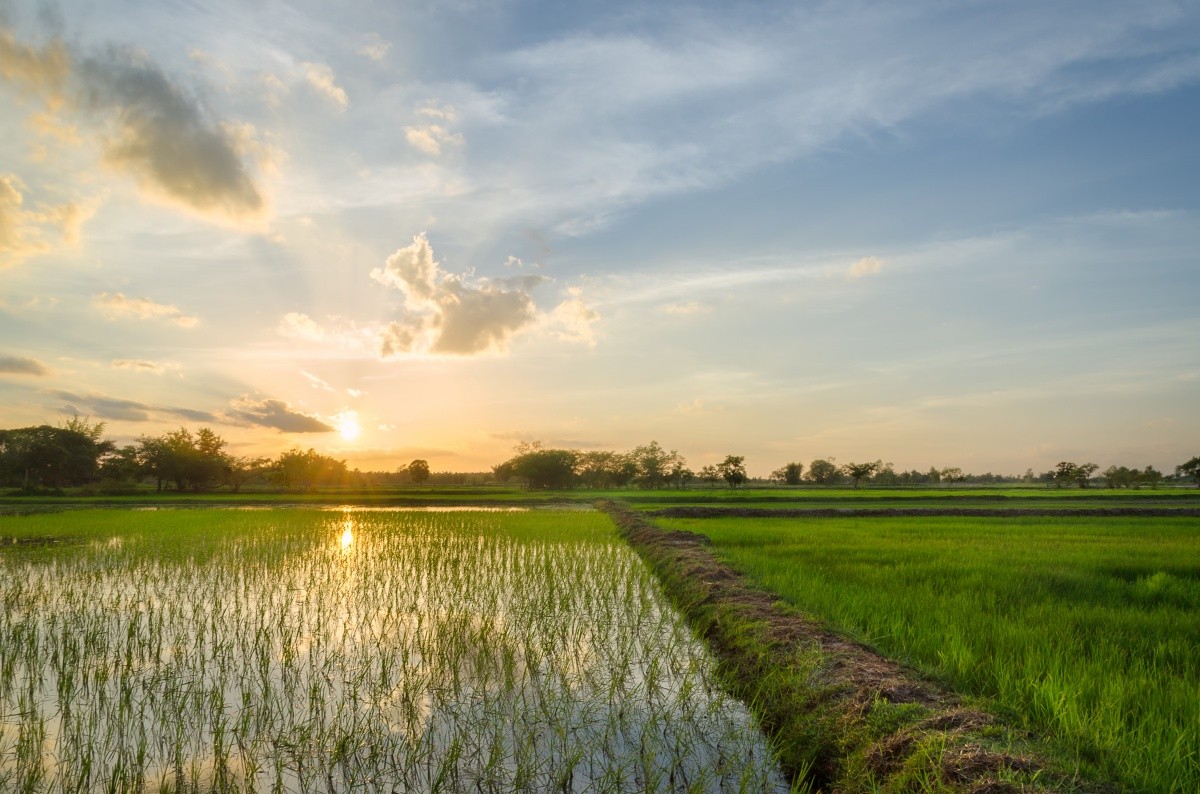
Hange-sho falls around the 11th day after the summer solstice and is considered a benchmark for completing agricultural work, especially rice planting. Traditionally, it was said that "rice planted after this day won't take root," and in rural areas, there's still a custom of taking a break after this day. In the Kansai region, there's a culture of eating octopus dishes with the wish that "the rice will take root in the paddy fields like octopus tentacles."
Tanabata 七夕 (July 7)
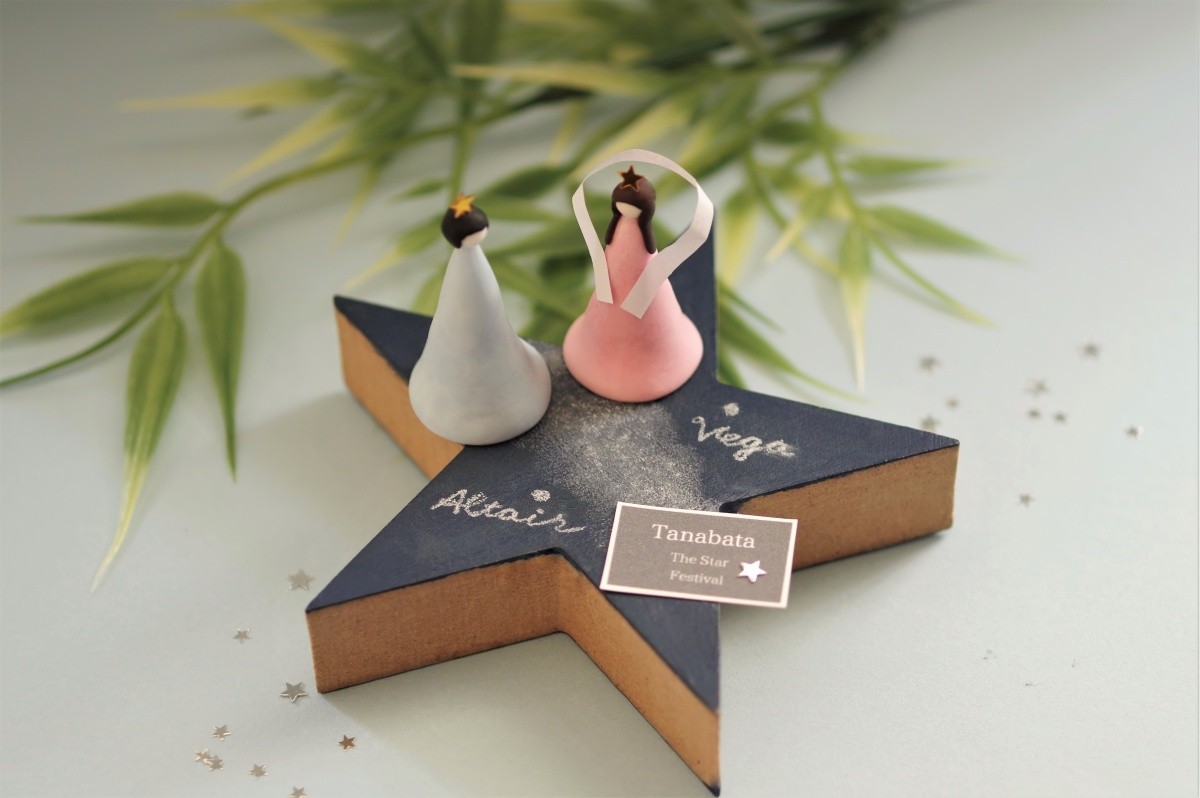
Tanabata is an event that originates from the legend that Orihime and Hikoboshi can meet once a year by crossing the Milky Way. There is a custom of writing wishes on strips of paper and decorating them on bamboo bamboo, and Tanabata festivals are held all over the country. Large-scale Tanabata festivals in Sendai and Hiratsuka are also famous, and the gorgeous decorations and lights that color the night sky herald the beginning of summer. It is an event that can be enjoyed by both children and adults, and is full of wishes and romance.
🌠 Purchase "Tanabata Decorations" (Yahoo! Shopping)
Shosho 小暑 (Around July 7)
Shosho is one of the 24 solar terms, marking the period when summer heat gradually intensifies. As the rainy season nears its end and temperatures begin to rise, the sound of cicadas can be heard from around this time. It's also a time when attention to summer fatigue and heatstroke becomes necessary, making health management important. It's also a turning point in daily life, with changes in clothing and full-scale use of air conditioning for summer.
Marine Day 海の日 (Third Monday of July)
Marine Day is a national holiday established in 1996 and is celebrated on the third Monday of July every year. It is a day to thank the blessings of the sea and wish for the prosperity of Japan, a maritime nation. Many schools start their summer vacation on this day, which coincides with the start of swimming and travel. Marine events and hands-on activities related to the sea are held all over the country, and it is a holiday that makes you feel the arrival of summer.
🌊 Purchase recommended items for "sea bathing" (Yahoo! Shopping)
Doyo no Ushi no Hi (Mid to end of July)
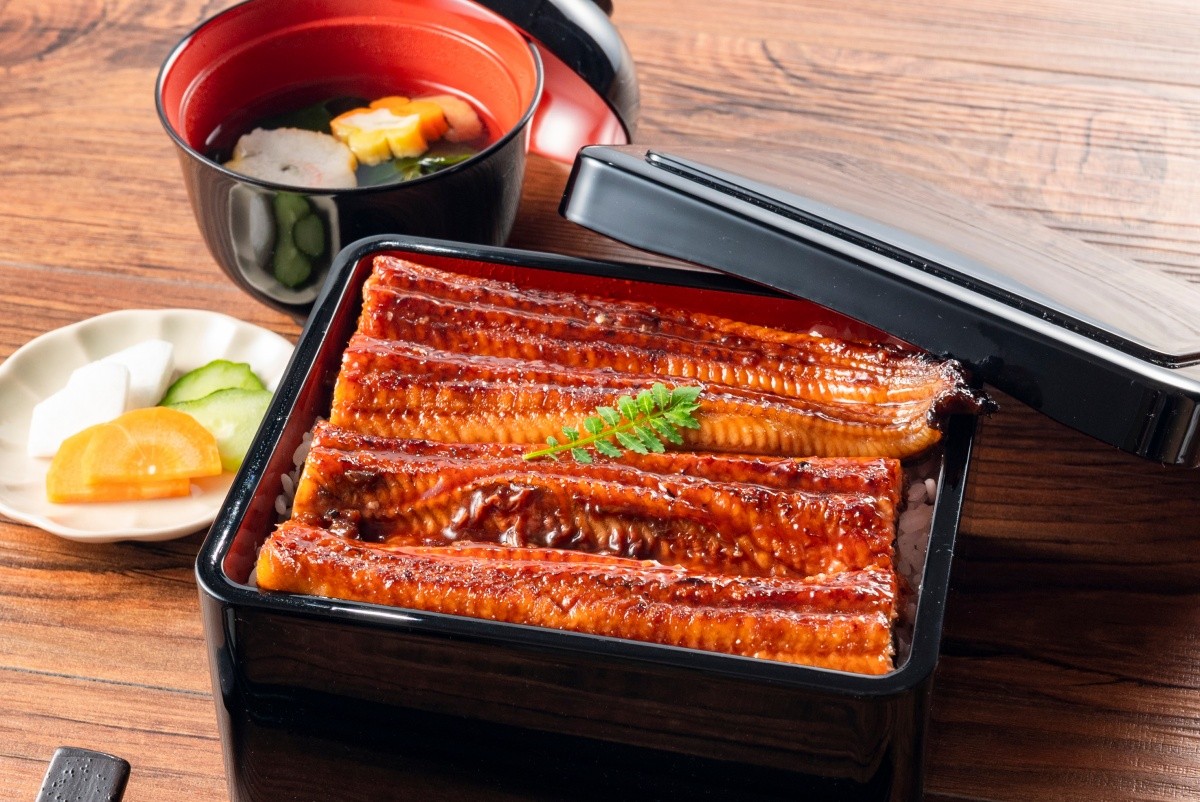
Doyo no Ushi no Hi refers to the "Day of the Ox" that falls during the summer doyo (about 18 days before the start of autumn). There's a custom of eating eel on this day to prevent summer fatigue, said to have been popularized by the Edo period merchant Hiraga Gennai. Nutrient-rich eel is perfect for building stamina to withstand the heat, and it's a time when eel restaurants and supermarkets become busy. Depending on the year, it may occur twice in July.
🎣 Read more detailed articles about "Doyo no Ushi no Hi"
🍴 [Tabelog] Top 100 Unagi (Eel) Restaurants 2024
🍴 [byFood] Unagi Restaurants Explore delicious Japanese eel dishes at top unagi restaurants, offering a blend of traditional and modern flavors.
Taisho 大暑 (Around July 23)
Taisho is one of the 24 solar terms and is considered the hottest period of the year. With the end of the rainy season and the arrival of full-fledged summer, both temperature and humidity tend to be high, requiring caution against heatstroke. As it sometimes falls within the summer doyo, this season calls for nutritional care and ingenuity in staying cool in daily life.
What are Japan's "July traditions"?
Opening of the Beach Season (Umibiraki: 海開き)
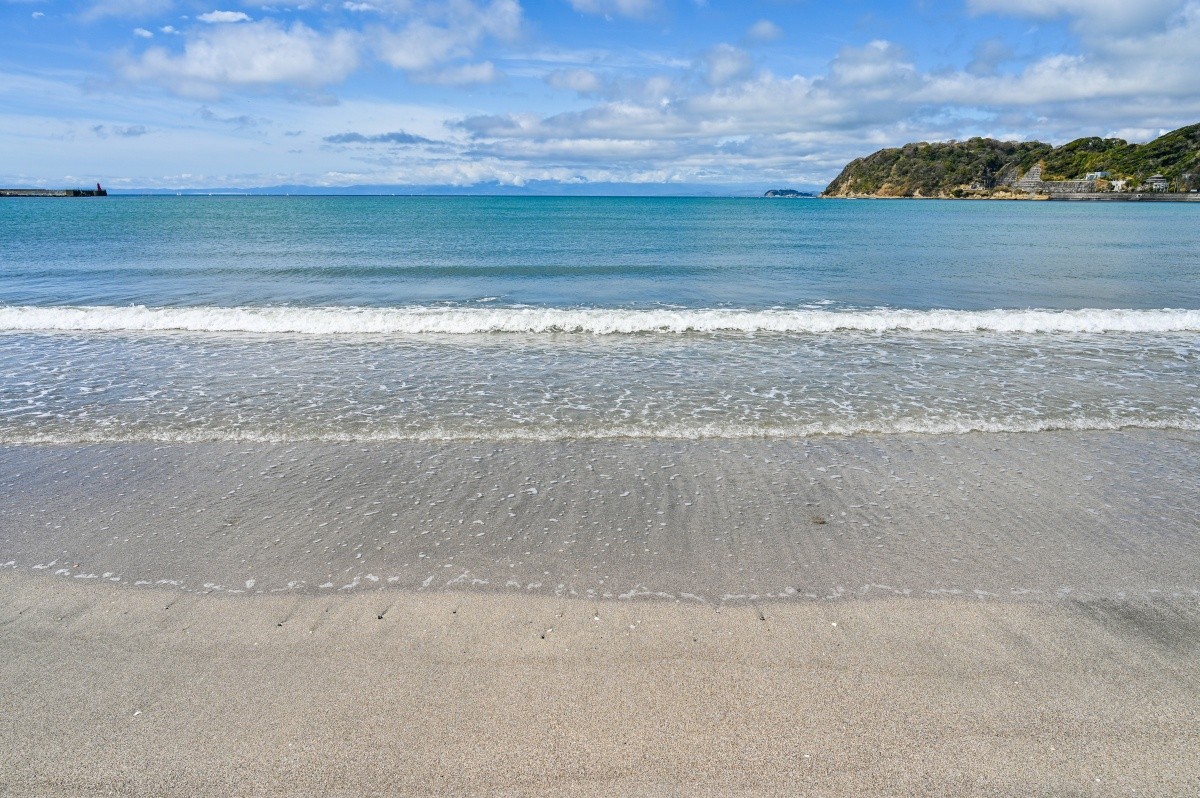
As July begins, "opening of the beach season" ceremonies are held at beaches across Japan. This is a ritual to pray for safety for the year, purifying the sea god, and officially marks the beginning of the sea bathing season. Families and young people gather at the seaside, starting lively summer leisure activities. Beach stalls and events also become busy, offering a moment to enjoy the unique sense of freedom in summer.
Summer Vacation

"Summer vacation" for schools starts from late July, bringing long-awaited free time for children. It's a perfect season for creating memories through family trips, homecoming visits, independent research projects, and pool activities. On the other hand, it's also a time when parents and school officials need to plan for structured learning and safety measures. Attention to changes in daily rhythms unique to summer vacation is also necessary.
🌅 Read more about "Summer vacation in Japan"
🚅 【JTB】Jump out! Summer Trip ~ Book early for this year's summer trip and save money! ~
Summer Bargain Sale

In July, department stores and shopping malls start their "summer bargain sales" and are crowded with many people looking for sales. Summer clothing and seasonal goods are heavily discounted, offering great value. Particularly for fashion brands, many people use this timing to stock up on yukata and sandals.
👜 When do the summer bargain sales start? Check the dates
Summer Festivals and Noryo Festivals
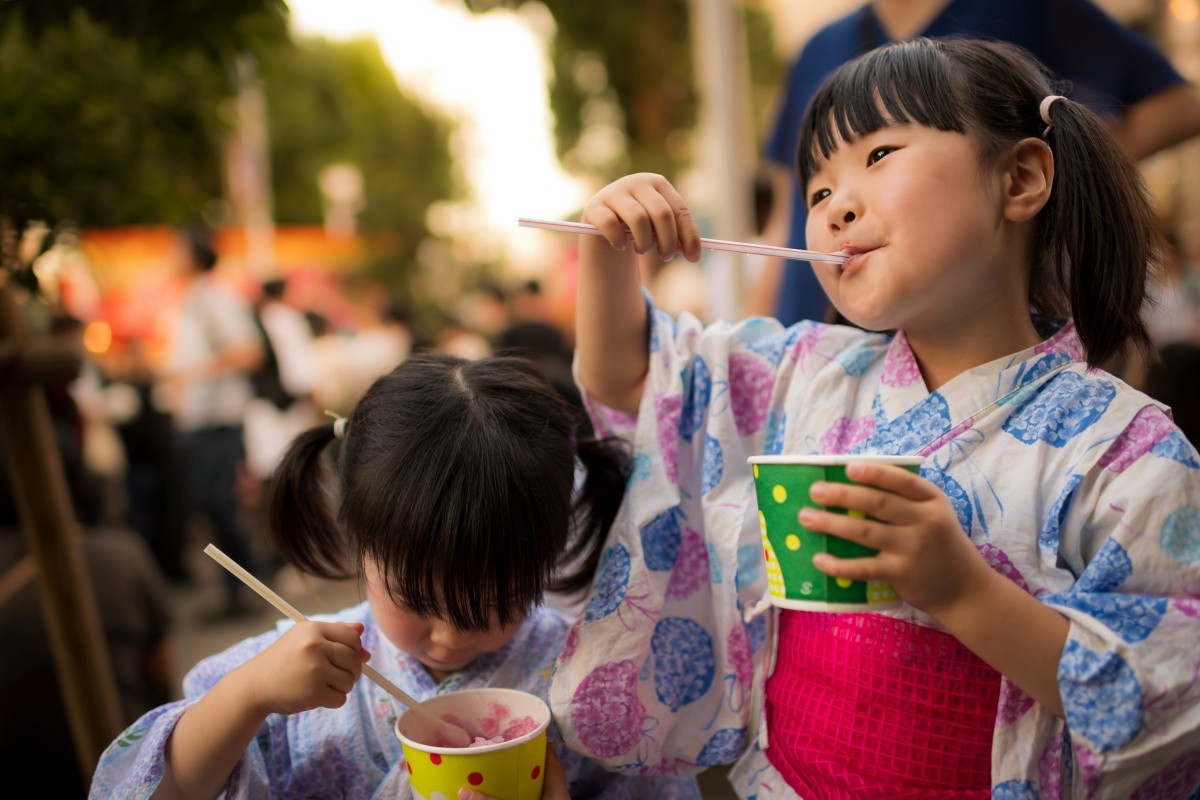
"Noryo festivals" and "summer festivals" held in each region start in earnest from July across the country. Nights bustling with families and couples amidst food stalls, bon dance, and the sound of drums are truly quintessential Japanese summer scenes. With wind chimes, lantern lights, goldfish scooping, and yo-yo fishing games, these events are enjoyed by both children and adults.
Yukata
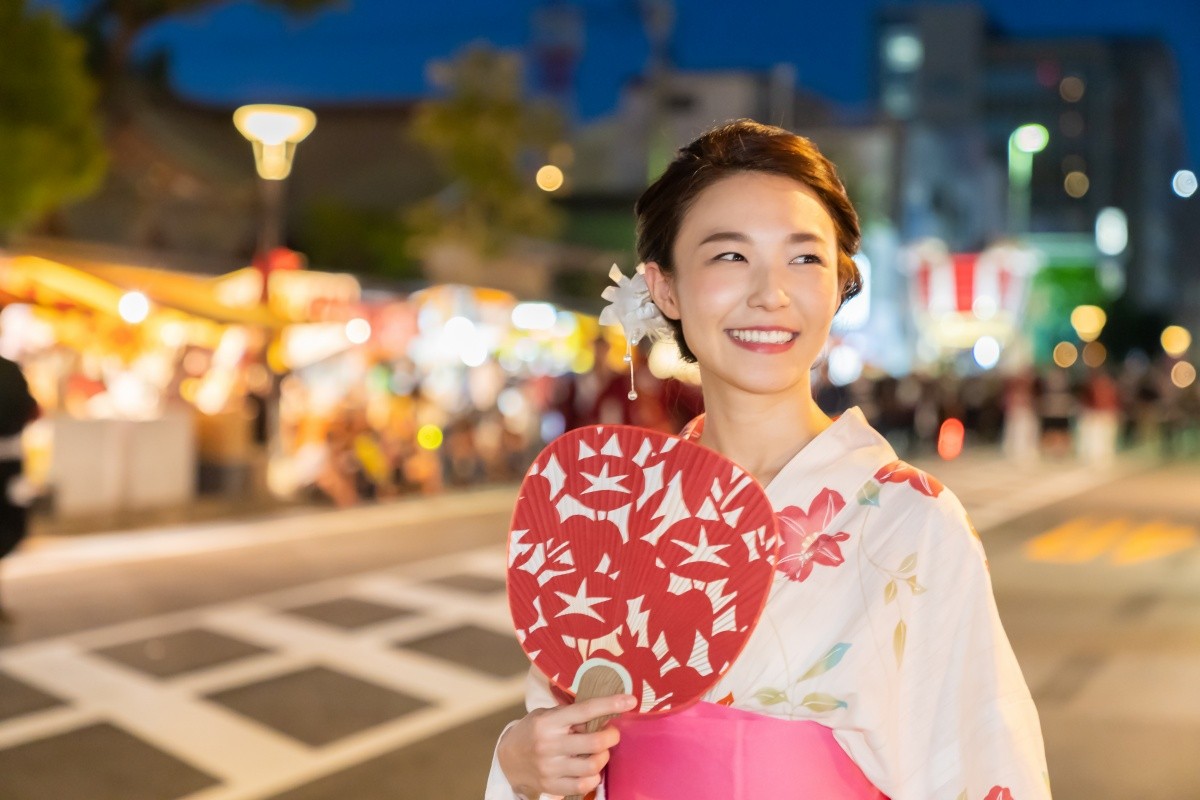
The standard attire for summer festivals and fireworks displays is the "yukata." As July arrives, you start to see people in yukata around town, creating a cool and atmospheric ambiance. Recently, in addition to traditional patterns, modern designs are also popular, appealing to younger generations. The charm unique to Japanese clothing adds more color to summer events.
🍧 Purchase yukata (Yahoo! Shopping)
Fireworks
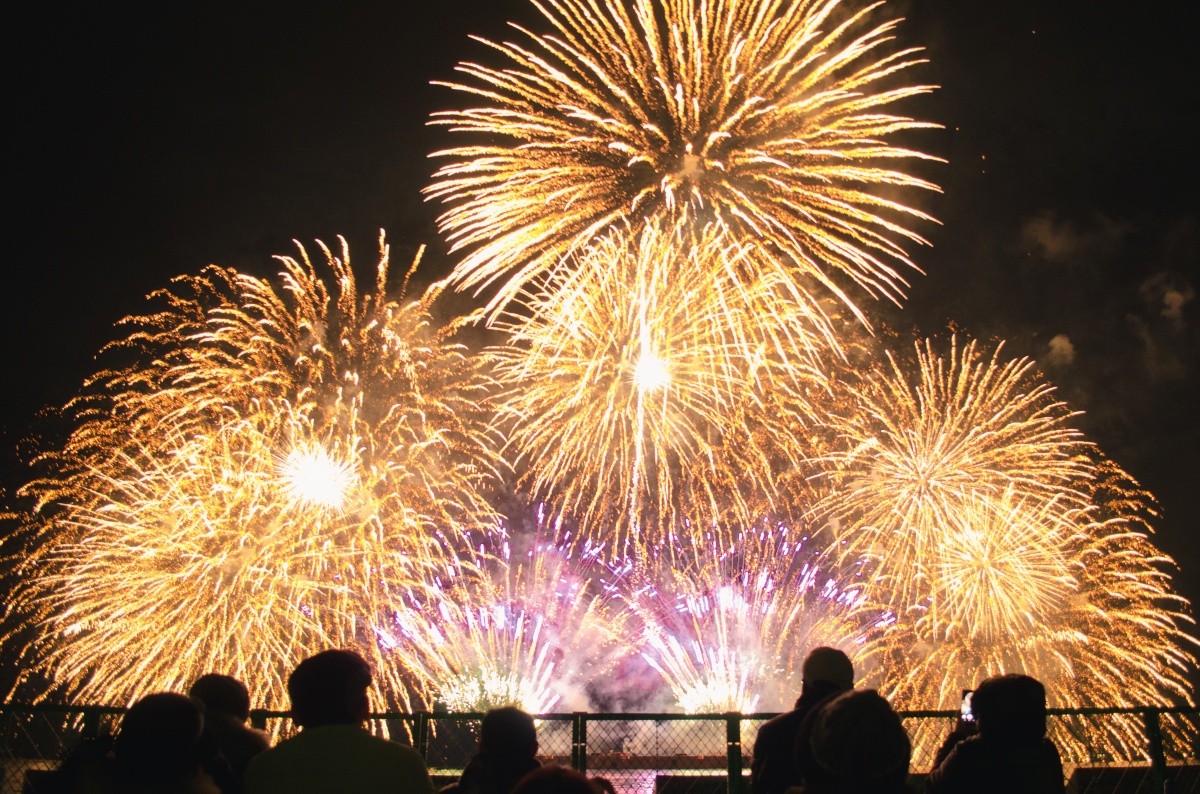
July is the season for fireworks festivals held across Japan. The large blooms of fireworks coloring the night sky are truly a symbol of summer. Particularly famous events gather tens of thousands of spectators, bustling alongside food stalls. Watching fireworks with family, friends, or lovers creates special memories. Enjoying fireworks displays in yukata is one of the symbols of Japanese summer.
🎆 Check the schedule for Tokyo fireworks festivals
🎆 Check the schedule for "Japan's Three Great Fireworks" and other famous fireworks festivals
Summer Greeting Cards (暑中見舞い)
"Summer greeting cards" are seasonal greeting cards sent from the end of the rainy season until the day before the start of autumn (around August 7). It's a polite Japanese custom to express concern for the health of those you don't often meet during the hot season. In recent years, they're exchanged not only by postcard but also digitally via email or social media, but handwritten messages have a special warmth.
💌 Buy a postcards for summer greetings (Yahoo! Shopping)
Ochugen, Midsummer Gifts (お中元)
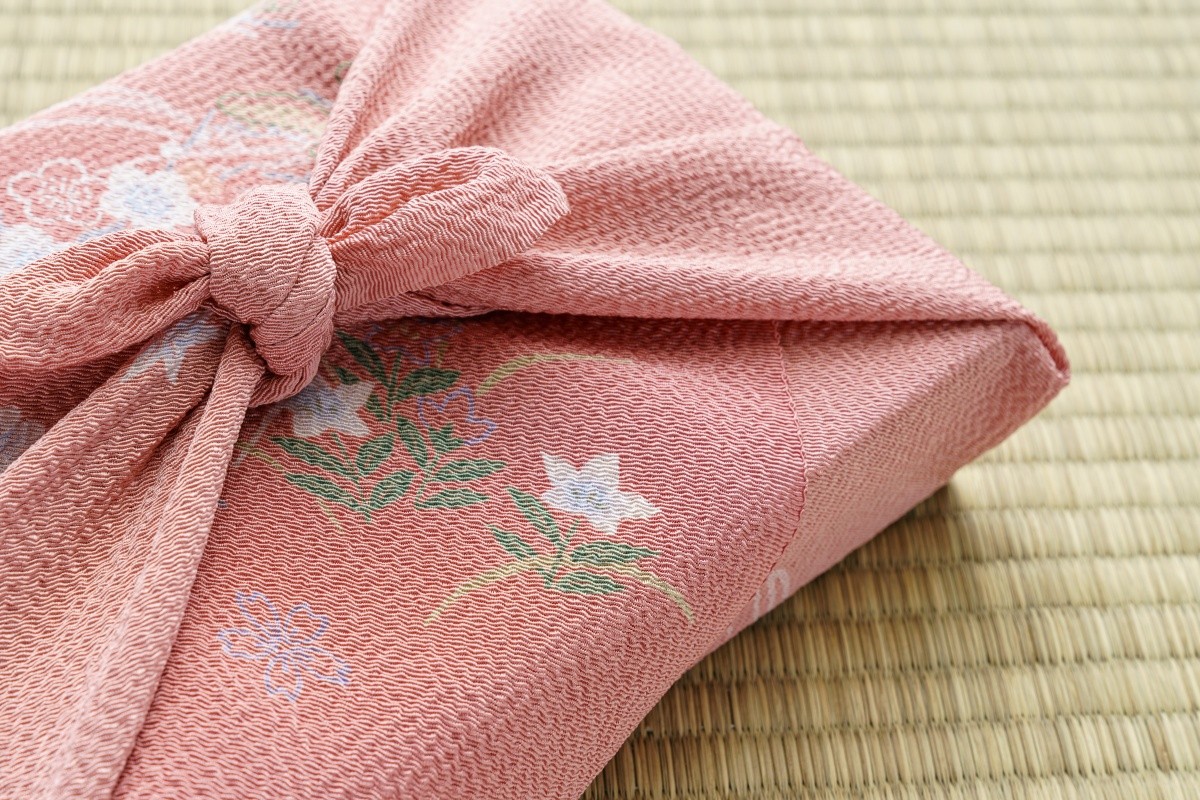
"Ochugen" is the custom of giving gifts to express gratitude to those who have been helpful, peaking in mid-July. Popular gifts include seasonal fruits, cool jellies, and somen noodles. Ochugen is also an important business etiquette when companies give gifts to their business partners, rooted in business culture. In some regions, it may be done in August.
🎁 Purchase "Ochugen" somen noodles (Yahoo! Shopping)
Wind Chimes (風鈴)
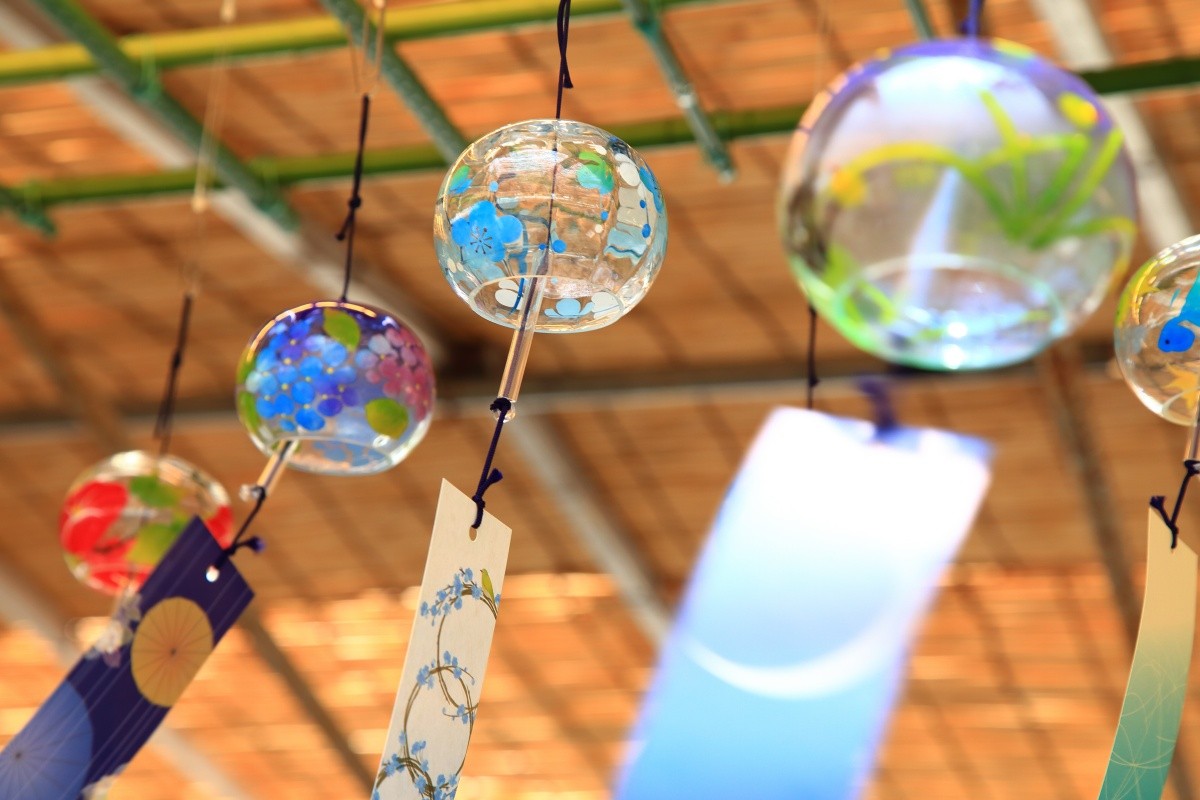
"Wind chimes" are a summer tradition in Japan that makes you feel cool in the heat of July. The clear sound of wind chimes hanging from the eaves and windowsills swaying in the wind brings a sense of coolness through hearing. The tone differs depending on the material, such as glass, pottery, and metal, and it looks cool. It is also popular as a gift and interior decoration, and has been popular for a long time as an item that makes you feel the atmosphere of summer.
🎐 Purchase "Wind Chime" (Yahoo! Shopping)
Uchimizu (打ち水, Water Sprinkling)
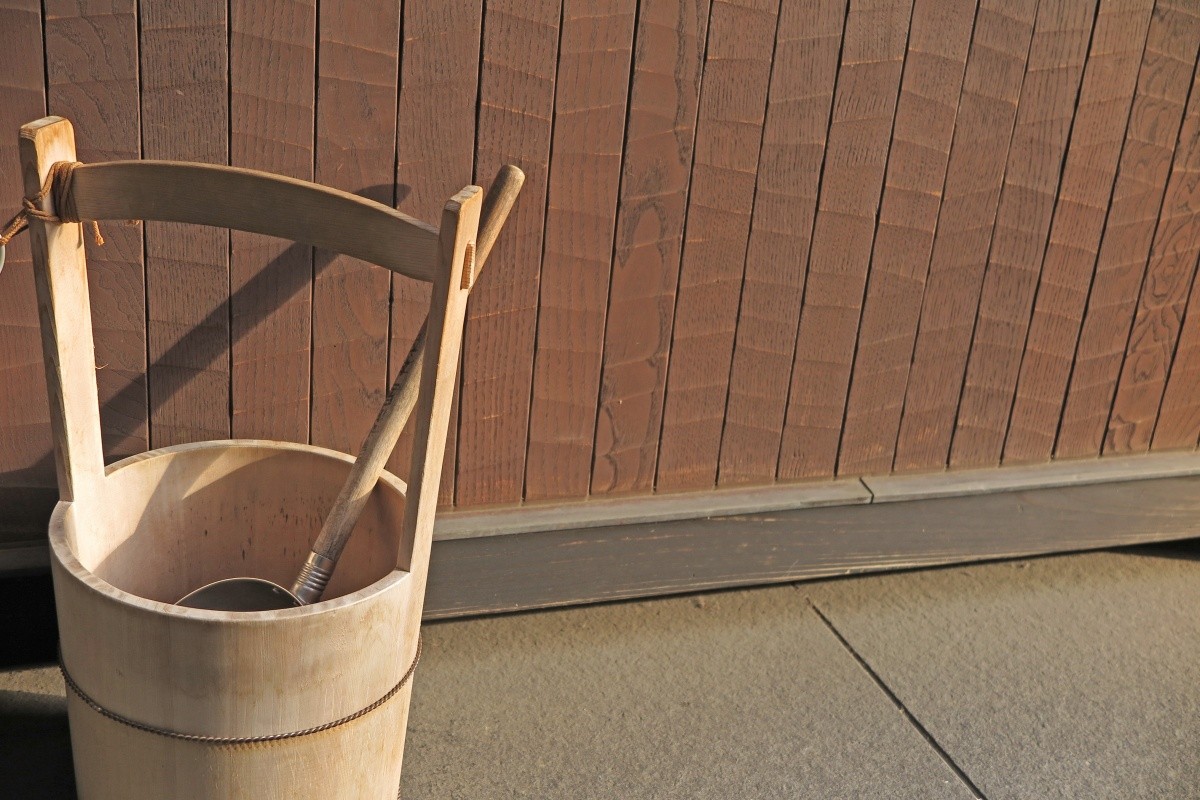
"Uchimizu" is a traditional Japan of cooling wisdom that involves watering paths and gardens to relieve the summer heat. Especially when the heat of July is in full swing, it has become common, and it is often done at the front door and in shopping streets. It uses the "heat of vaporization" that takes away heat when water evaporates, and has the effect of lowering the ambient temperature, and is attracting attention as an environmentally friendly and eco-friendly habit.
Morning Glories (アサガオ)
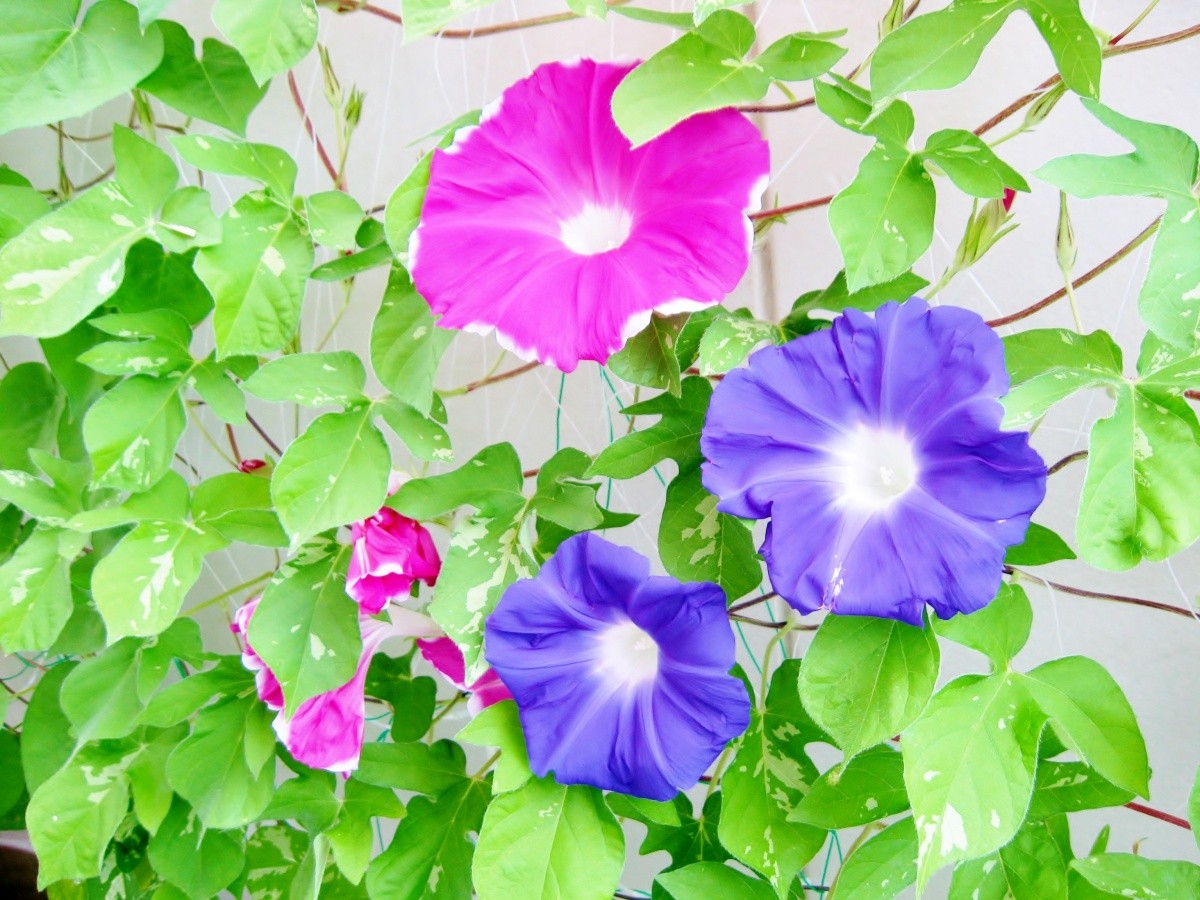
"Morning glories" are one of the representative flowers of Japanese summer, commonly seen in schools and home gardens from July. They're a staple for elementary school observation learning, and the morning hours when the flowers open bring a sense of freshness along with coolness. The sight of them blooming in various colors like blue, purple, and pink is one of the gentle scenes announcing the start of summer.
Sunflower (ヒマワリ)
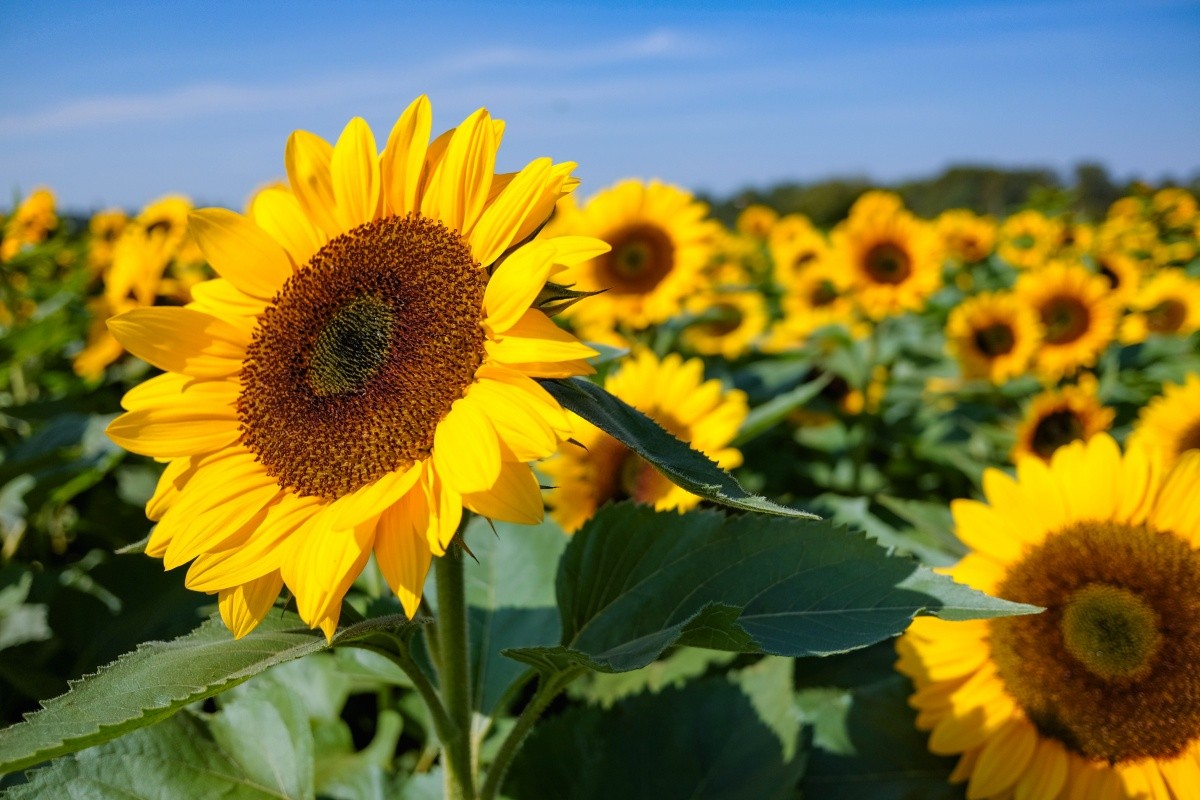
"Sunflowers" are flowers that give a strong and energetic impression, blooming boldly in the midsummer sun. In July, sunflower fields across the country reach their peak and are popular tourist spots. The sight of flowers taller than a person all facing the sun at once is spectacular and highly photogenic. They are a representative July tradition symbolizing the brightness and vitality of summer.
What are typical "July foods" in Japan?
Somen and Chirashi Sushi
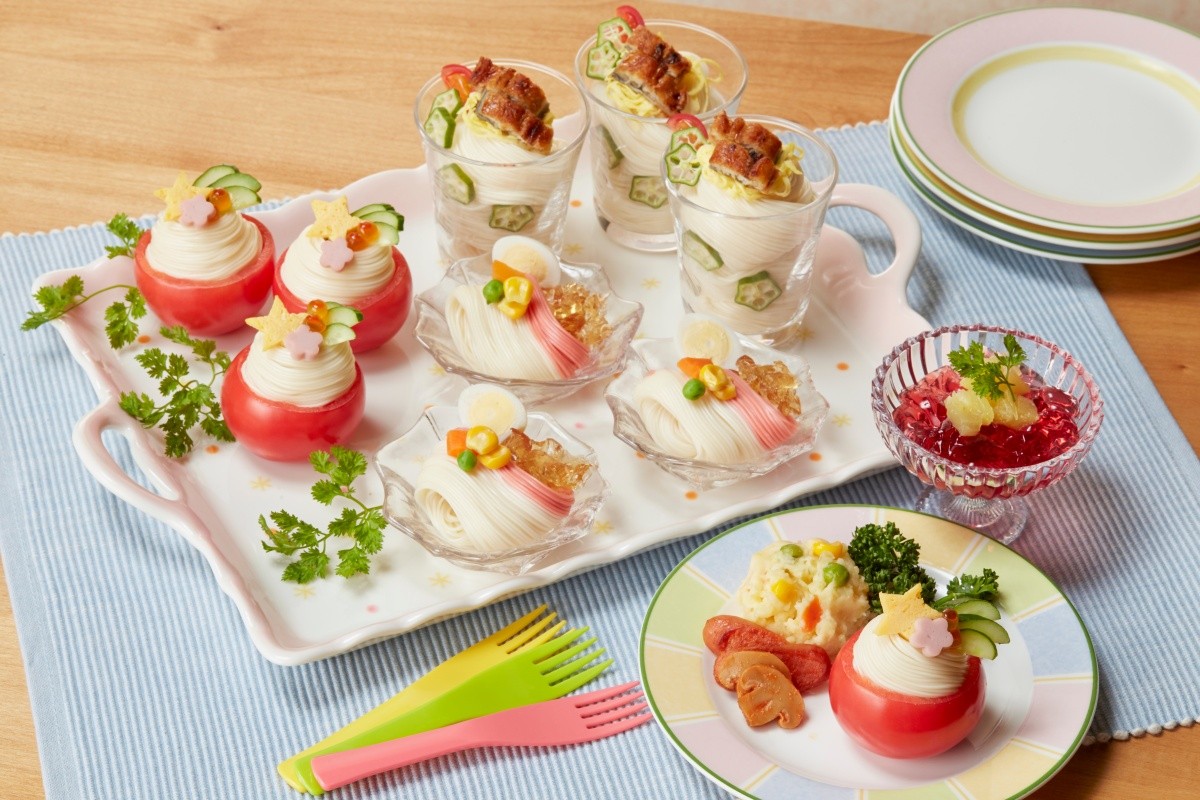
Somen and chirashi sushi are popular foods associated with the Tanabata festival. Somen, thin white noodles resembling the Milky Way, creates a cool and beautiful appearance, perfect for easing summer heat. Chirashi sushi, with its colorful presentation, decorates festive tables. Ingredients may vary by region and household, allowing for seasonal adaptations.
Edamame
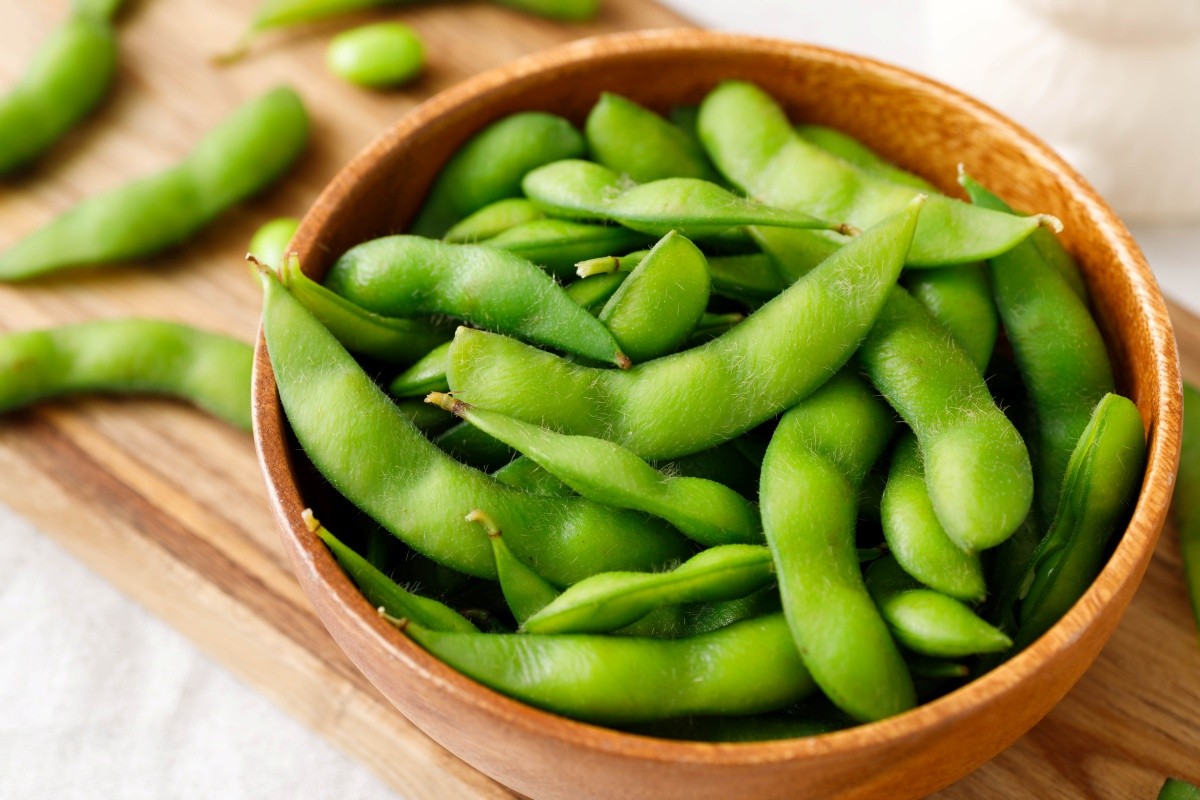
Edamame, popular as a snack with alcohol, comes into season around July and is essential to summer dining. Typically boiled and salted, it's also versatile in stir-fries, salads, and rice dishes. In-season edamame has a strong sweetness and richness, especially enjoyable when chilled.
Green Pepper
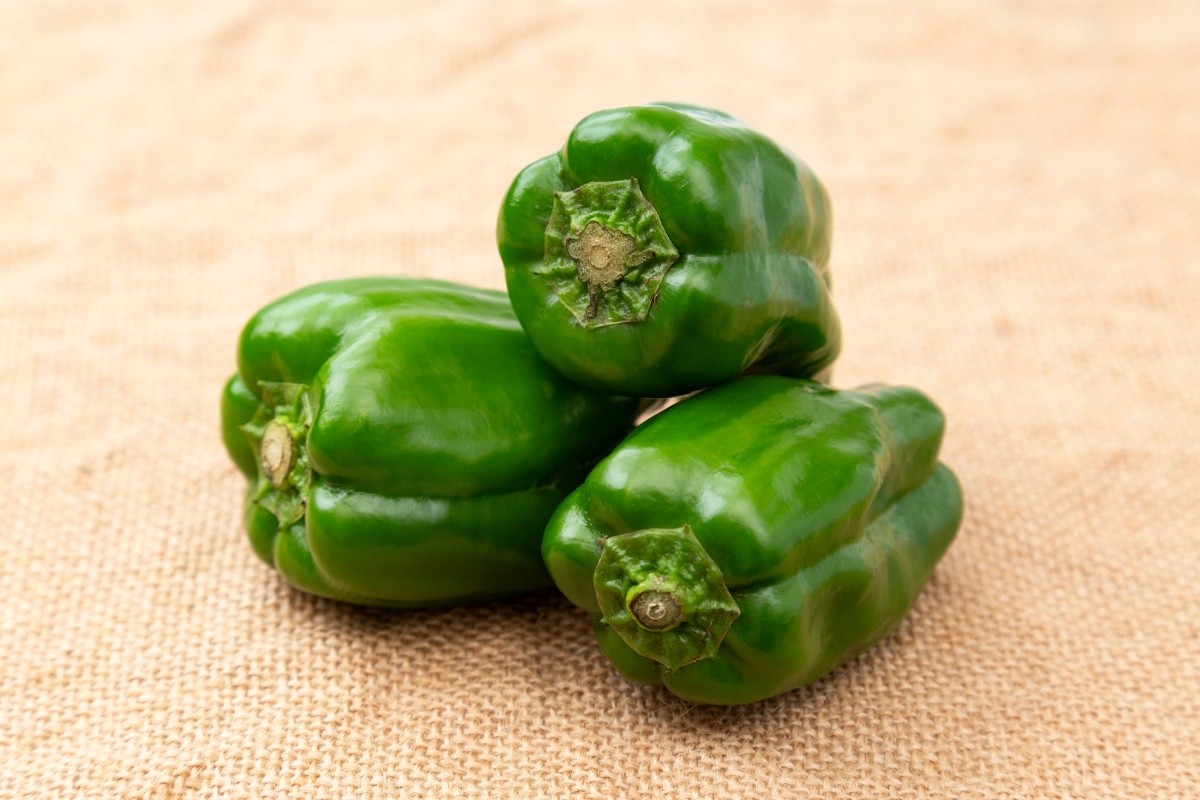
Green peppers, a summer vegetable staple, peak in July. While known for bitterness, in-season peppers have a milder taste with noticeable sweetness. They're used in various dishes and are rich in vitamin C and beta-carotene, ideal for preventing summer fatigue.
Corn
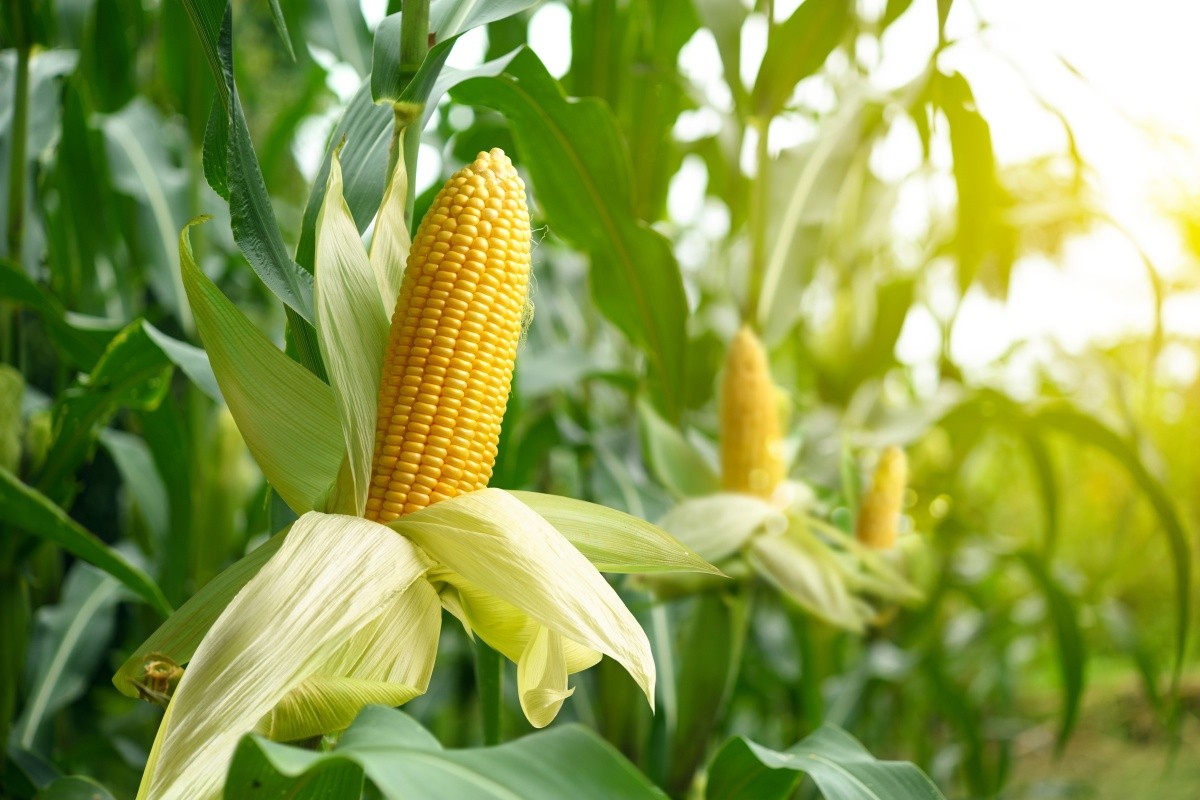
Corn peaks in July and is a quintessential summer ingredient in Japan. Whether boiled, grilled, or added to mixed rice, its natural sweetness shines in simple preparations. Grilled corn sold at festival stalls, often brushed with soy sauce, is a nostalgic taste that evokes memories of summer for many.
Tomato
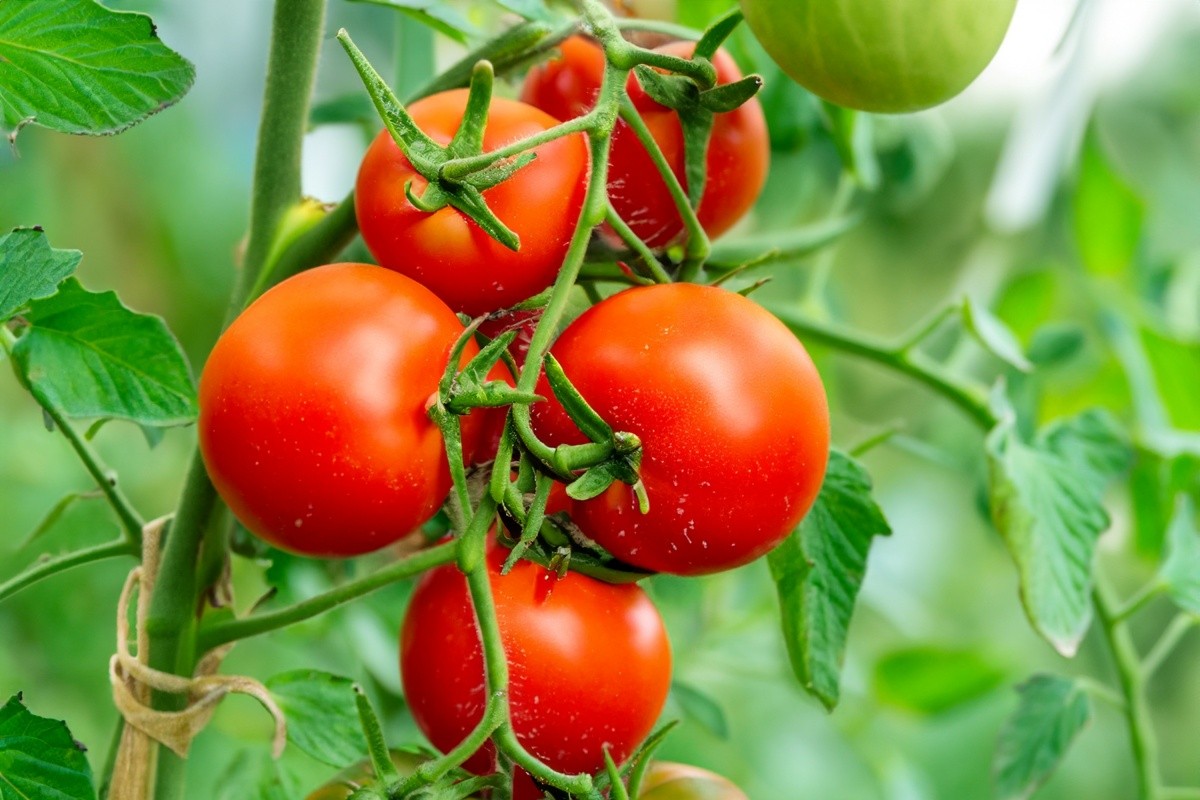
Tomatoes are another symbolic summer vegetable in Japan. In July, they ripen to a rich red and offer a perfect balance of sweetness and acidity. They’re commonly used in salads, cold pastas, and soups. When served chilled, they not only help cool the body but also provide hydration and a good dose of vitamin C.
Watermelon

Watermelon symbolizes Japanese summer and is most abundant in July. Chilled watermelon cools overheated bodies, offering a crisp texture and juiciness. Traditional "watermelon splitting" games make it a part of children's summer memories. It's also popular for hydration and heat stroke prevention.
Peach
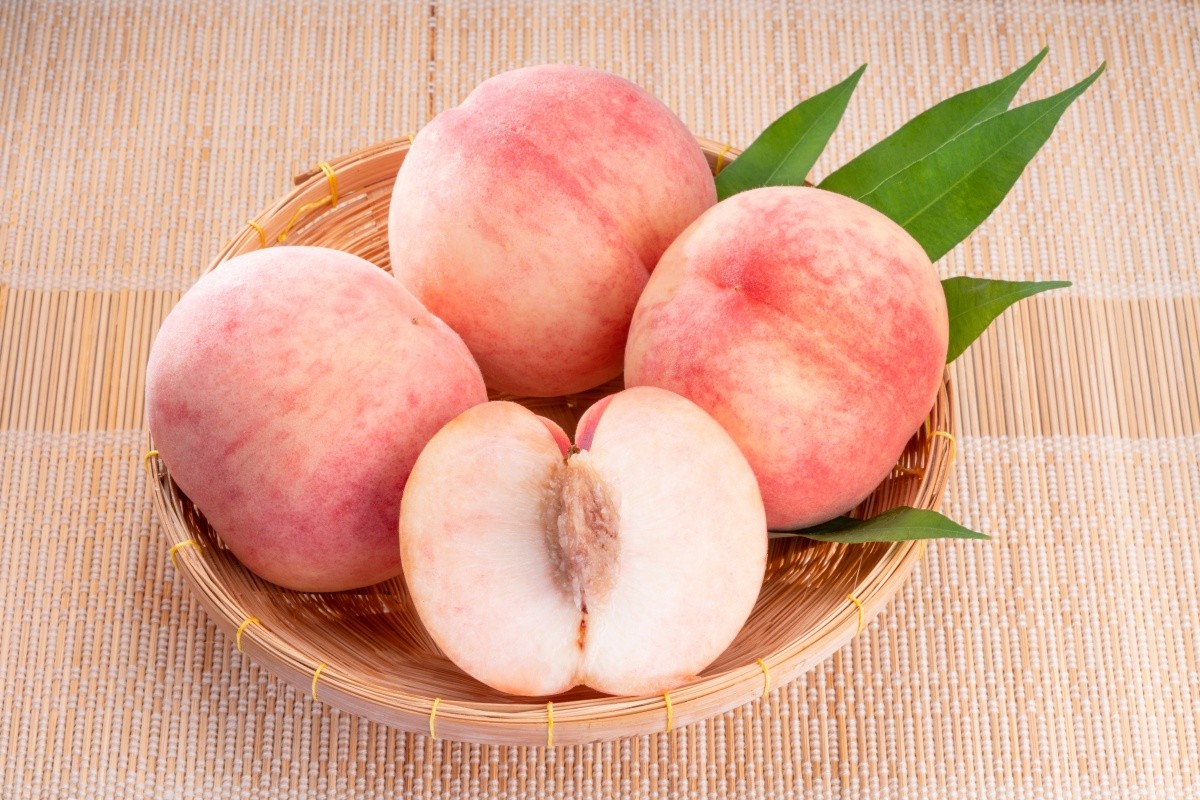
Peaches are in season from July to August, known for their sweet, juicy texture and refined aroma. They're a standard summer gift and are enjoyed chilled or in desserts like jelly, sorbet, and parfaits. Peaches from regions like Yamanashi and Fukushima are nationally renowned.
Famous Festivals and Events in Japan in July
Gion Festival (Kyoto)
The Gion Festival, one of Japan’s three major festivals, is Kyoto’s most famous traditional event, lasting the entire month of July. The highlight is the Yamahoko Junko, a grand parade of elaborately decorated floats that attracts visitors from all over the world. The city comes alive with traditional costumes, food stalls, and a vibrant festive atmosphere.
- Dates: July 1 (Tue) – July 31 (Thu), 2025
[kkday]👉[Drink included] Gion Festival Paid Viewing Ticket Reservation (Kyoto)
Hakata Gion Yamakasa (Fukuoka)
The Hakata Gion Yamakasa in Fukuoka is a dynamic and historic festival with over 770 years of tradition. During the event, impressive decorative floats (Kazariyama) and the exciting race (Oiyama) are held. The climax on the early morning of July 15 features teams of men carrying over one-ton floats through the city at full speed which is a breathtaking spectacle.
- Dates: Annually from July 1 to 15
[kkday]👉https://www.kkday.com/en/destination/jp-hakata?cid=16546
Sumida River Fireworks Festival (Tokyo)
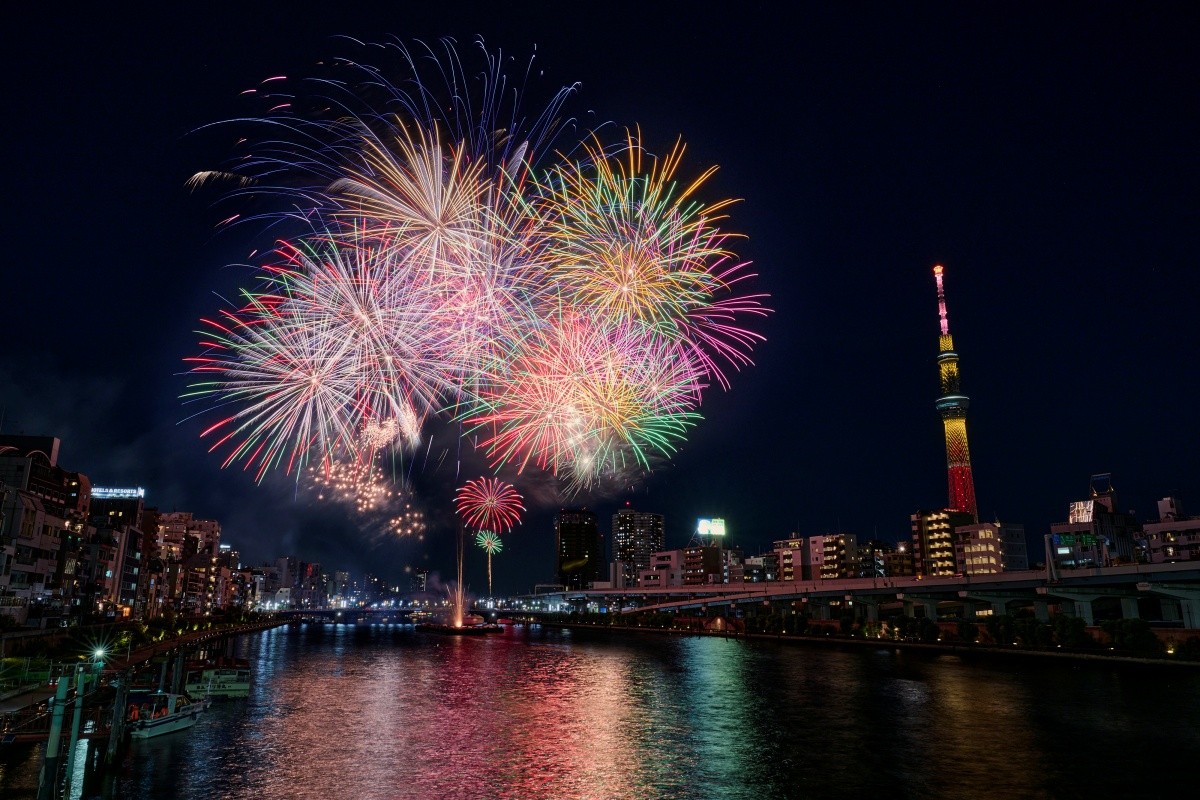
The Sumida River Fireworks Festival is one of the largest and most iconic fireworks events in Japan, symbolizing Tokyo’s summer. Around 20,000 fireworks light up the night sky along the Sumida River, drawing huge crowds each year. Watching from a yakatabune (traditional boat) or along the riverbank in yukata (summer kimono) adds a nostalgic, festive charm.
- Date: Saturday, July 26, 2025, 19:00–20:30
🎆 Check Tokyo's fireworks schedule
Tenjin Festival (Osaka)
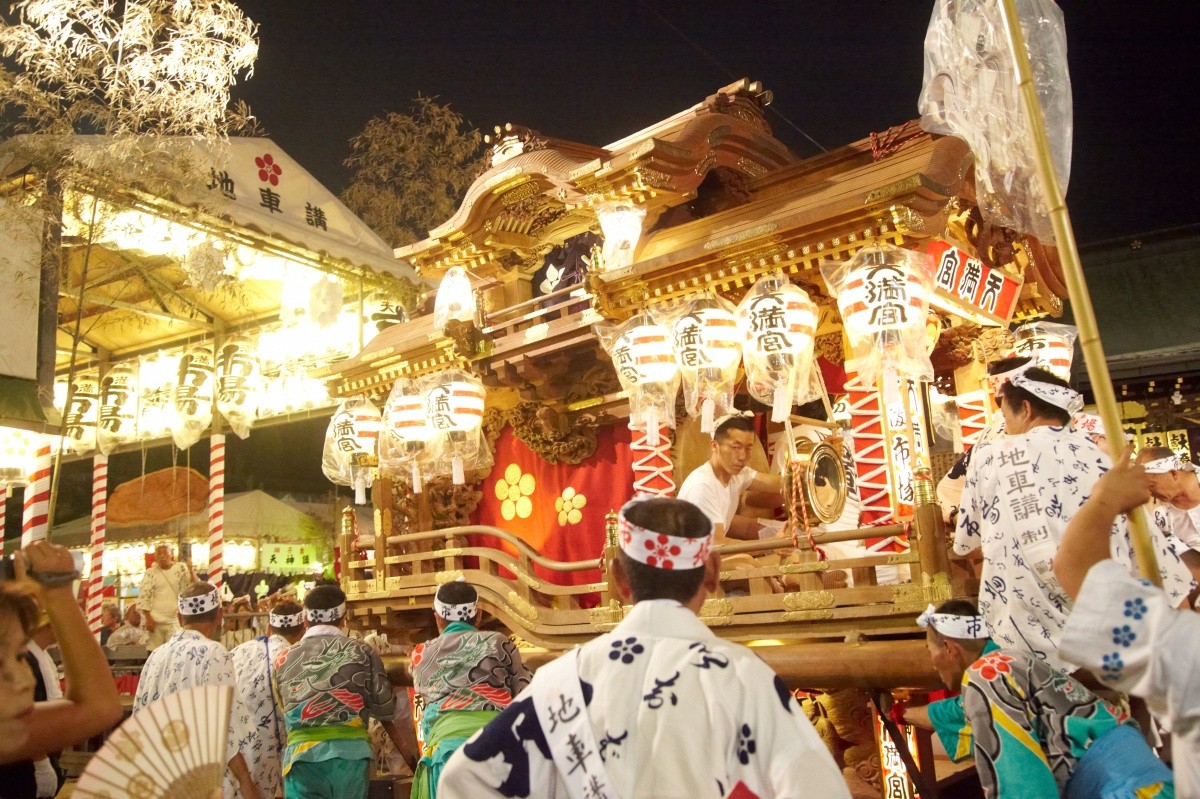
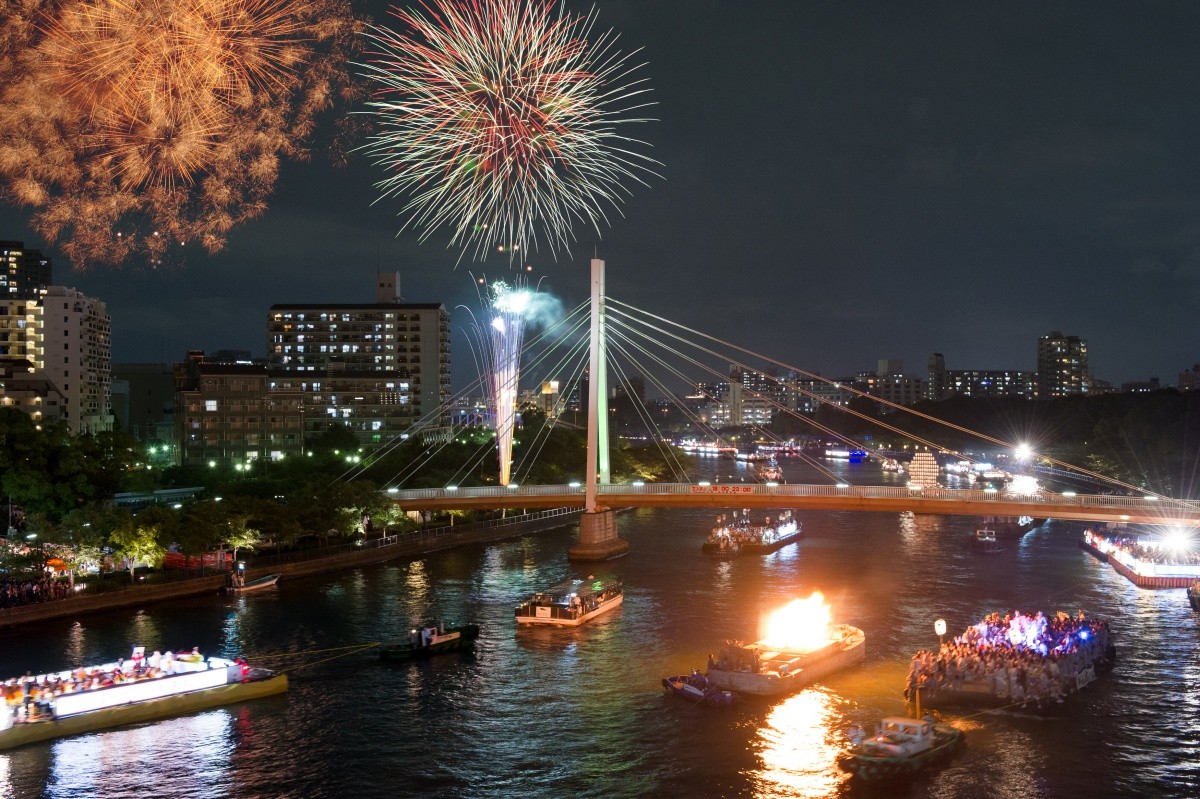
Osaka’s Tenjin Festival, also one of Japan’s three major festivals, features a dazzling land and river procession. At night, fireworks light up the Okawa River in a spectacular fusion of sound and light. The parades of mikoshi (portable shrines) and traditional performances are a must-see.
- Tenjin Festival Fireworks: Friday, July 25, 2025
[kkday]👉 [7/23-25, 8/23 only] Fireworks Festival Plan
Hiratsuka Tanabata Festival (Kanagawa)

One of the three major Tanabata festivals in the Kanto region, the Hiratsuka Tanabata Festival decorates the shopping streets near the station with vibrant bamboo displays. There are parades, stage performances, and various fun activities for both kids and adults. The nighttime illuminations create a dreamy atmosphere perfect for making wishes.
- Dates: Friday, July 4 – Sunday, July 6, 2025
Mt. Fuji Opening Festival (Yamanashi Prefecture)

The Mt. Fuji Opening Festival marks the official start of the summer climbing season for Japan’s tallest peak. Rituals by Shinto priests, prayers for safety, and performances such as drumming and mikoshi processions are held. Many climbers aim to begin their journey on this symbolic day, which beautifully blends Japan’s natural majesty with spiritual tradition.
- Date: Around July 10 every year
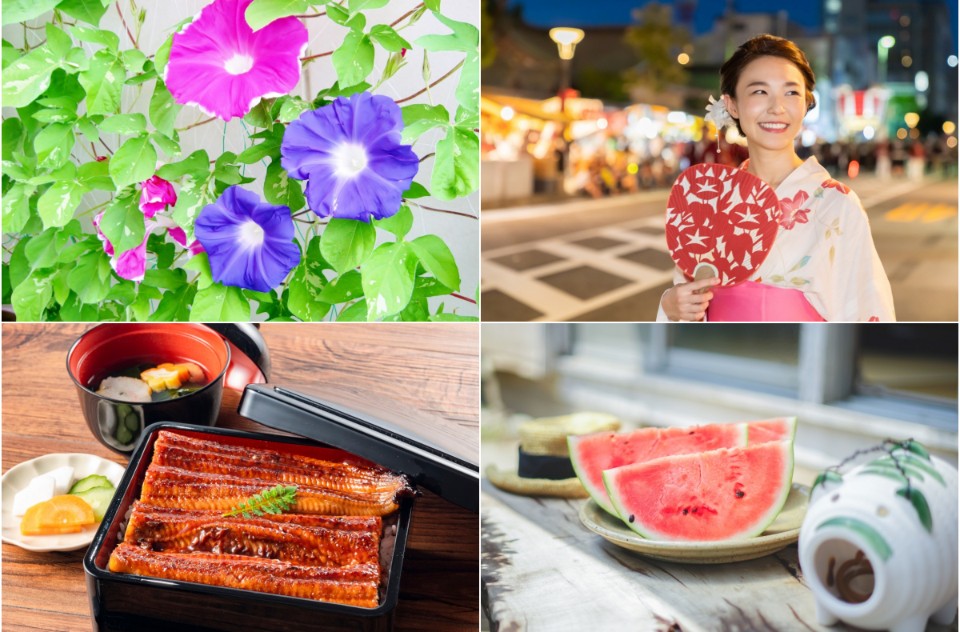
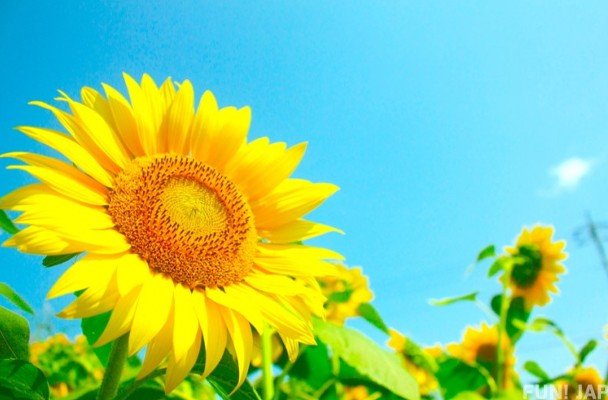
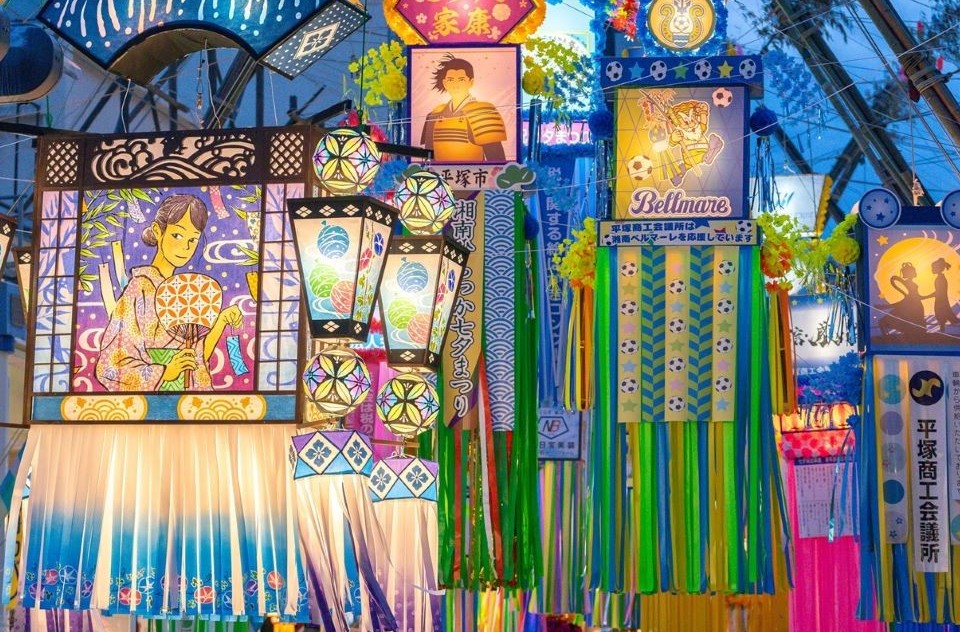
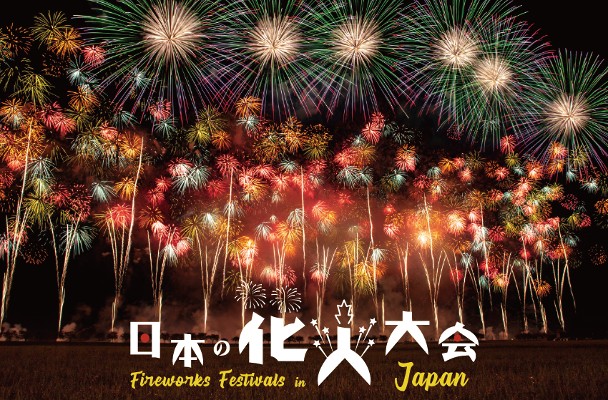
Comments